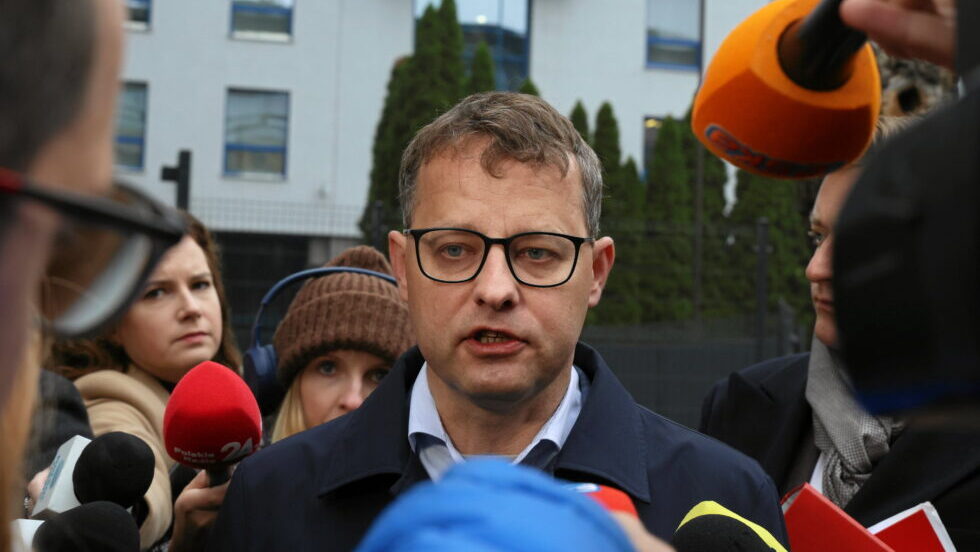Although the present economic crisis is becoming more and more part of our everyday life, it is almost certain that all wage indicators in Hungary this year increased more than the annual inflation. Read our analysis below for details.
It is almost certain that all wage indicators in Hungary this year increased more than the annual inflation figure—thus, in spite of the soaring inflation, real wages are growing in the country, which exceeds all analysts’ expectations.
According to the latest data from the Hungarian Central Statistical Office (KSH), in September the gross average wage of full-time employees increased by 17.8 per cent in the case of businesses with at least five employees, budgetary institutions and non-profit organizations significant in terms of employment. So did the gross median wage, by 17.2 per cent, and the net average wage, including tax breaks, by 18.4 per cent. In fact, if we also include the employees of the smallest organizations, the growth of the gross average wage was as high as 17.5 per cent, while that of the median wage 17.9 per cent.
Thanks to the personal income tax exemption of those under 25, the net increase is higher than the gross increase. Additionally,
the gap between the lower and higher wage categories kept closing, namely, the income of those with lower earnings have increased to a greater extent.
This is also shown by the fact that the median wage paid by small companies increased at a higher rate than the median wage at companies with more than five employees, as the wage level in small companies is generally lower than in larger companies.
Apparently, regular earnings, which contain the basic salary and all monthly allowances, have also increased month by month this year. In contrast to regular earnings, non-regular earnings include awards, target bonuses, 13th month salaries, and any income that is not a fixed amount paid to the employee every month. In February this year, for example, non-regular earnings were significantly increased by the extraordinary bonus paid to all military personnel, and, as every year, Easter bonuses paid out in March and April, and Christmas and year-end bonuses in November and December will improve earnings figures, too. November salaries will be paid at the beginning of December, and December salaries due in mid-December or at the beginning of January will also appear in the December column in the statistics. Thus, this year’s gross average wages are expected to be around HUF 510–515 thousand per month (about EUR 1260).
Between January and September, the inflation-adjusted purchasing power of the average salary in Hungary, i.e., the real wage, increased by 5.1 per cent. On an annual basis, we can expect an increase of 16.5–17.5 per cent, too, which will definitely be higher than the annual inflation, as the central bank expects annual inflation to be between 13.5–14 per cent (it was 11.8 per cent until September). Therefore, the annual real wage increase is expected to be around 2.5–3.5 per cent.
From January to August, earnings in Hungary grew at a higher rate than inflation in every month. September was the first month this year when wage growth remained below inflation, and thus real wages decreased for the first time as well, while in all countries of the European Union the same had happened much earlier—in most of them, real wages have been dropping every month since January.
In Hungary, inflation was higher than it is now only between 1988 and 1998. In those ten years, the real value and the purchasing power of the average salary decreased by a fifth, i.e., by 21 per cent. In all other countries in Europe, we will most likely experience a decrease in real wages, as everywhere wages had been growing more slowly than inflation even before. Although Eurostat does not release interim data, the figures made available by the statistical offices of Hungary’s neighbouring countries confirm that prediction.
Next year’s wage growth in the country will probably be significantly affected by the minimum wage increase and the guaranteed minimum wage increase.
According to our current knowledge, both employees and employers would consider it optimal if the minimum wage increased in line with the annual inflation.
The minimum wage in Slovakia and in Poland is expected to increase by eight per cent and 16 per cent respectively from January, and the Poles are planning a further four per cent increase from July. In Romania, negotiations about an 18 per cent increase between the government, employers and employee organizations are still ongoing, and no agreement has been reached yet in the Czech Republic either.
Click here to read the original article








